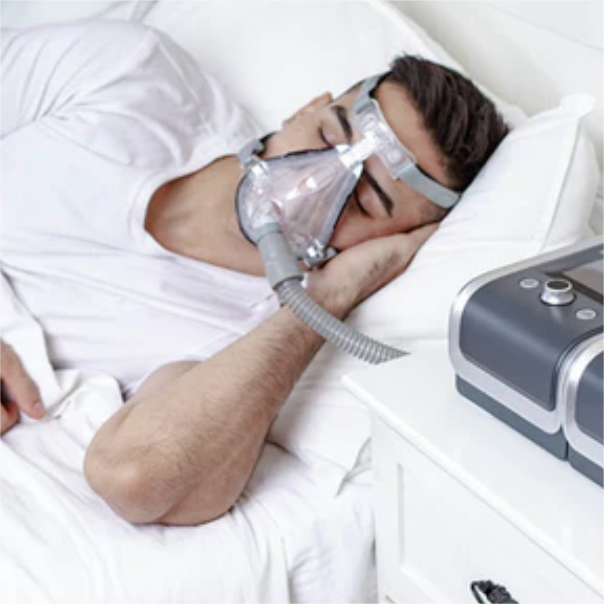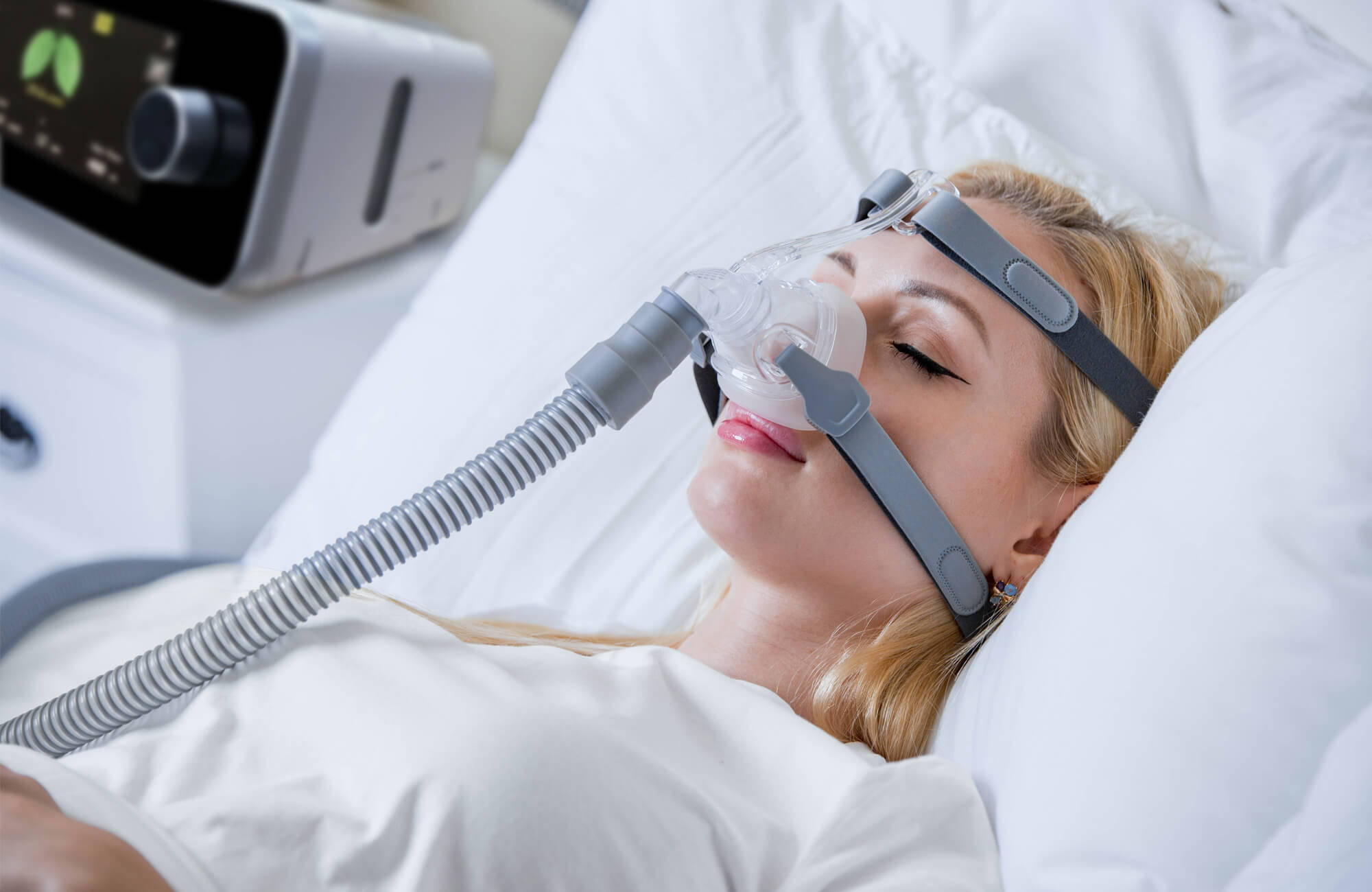Choosing the Right BiPAP Rental Package for Your Needs
Choosing the Right BiPAP Rental Package for Your Needs
Blog Article
Bipap vs. CPAP: Which Is the very best for Your Rest Condition?
When navigating the complexities of sleep disorders, the selection in between BiPAP and CPAP treatment is a critical consideration. Each modality offers one-of-a-kind benefits tailored to particular problems, yet the choice depends upon private patient needs and comfort degrees. While CPAP offers a constant airflow appropriate for obstructive sleep apnea, BiPAP's double stress setups might boost convenience for those with even more detailed respiratory problems. Understanding these distinctions can considerably impact therapy efficacy, leaving one to contemplate which alternative absolutely lines up with their wellness requirements and way of life.
Recognizing Rest Disorders
Sleep conditions include a range of problems that disrupt regular rest patterns, influencing both the high quality and period of remainder. These disorders can show up in different types, including sleeplessness, sleep apnea, narcolepsy, restless leg syndrome, and parasomnias. Each condition presents distinct obstacles, frequently bring about significant daytime tiredness, cognitive disability, and psychological disruptions.
Sleeping disorders is defined by problem falling or remaining asleep, while sleep apnea involves duplicated disruptions in breathing throughout rest, commonly resulting in fragmented rest. Narcolepsy, on the other hand, is noted by excessive daytime sleepiness and unexpected rest attacks. Troubled leg disorder causes unpleasant sensations in the legs, prompting an unmanageable urge to move them, which can additionally prevent the capability to go to sleep.
The influence of rest disorders prolongs past specific wellness, affecting general productivity, connections, and lifestyle. Comprehending the specific nature of each condition is essential for effective diagnosis and treatment. As rest health and wellness ends up being progressively recognized as an essential part of general health, attending to these problems is important for enhancing both rest top quality and everyday performance.
Just How CPAP Functions
Continual Favorable Air Passage Pressure (CPAP) therapy is often utilized as a key therapy for obstructive rest apnea (OSA) The mechanism of CPAP includes making use of a machine that provides a stable stream of air through a mask put on during sleep. This air flow keeps favorable stress in the airway, avoiding the collapse or blockage of the throat that can occur throughout sleep.
When a client breathes in, the CPAP equipment offers a constant circulation of air, making sure that the air passage stays open - BiPAP Rental. This not only minimizes the symptoms of OSA, such as snoring and disrupted rest patterns, but also reduces the associated health and wellness dangers, including cardio complications and daytime tiredness
The stress setups on a CPAP machine can be personalized to meet specific patient needs, often established with a rest research study. In general, CPAP treatment has been shown to substantially enhance the quality of rest and general health and wellness for people suffering from obstructive rest apnea.
Just How BiPAP Functions
BiPAP, or Bilevel Positive Respiratory Tract Pressure, is a specialized kind of non-invasive air flow that is especially helpful for clients with conditions such as complicated rest apnea or respiratory system problems. Unlike CPAP, which supplies a continual stream of air at a solitary pressure, BiPAP offers two distinct pressure settings: a greater inspiratory pressure for breathing and a lower expiratory stress for exhalation. This dual-pressure approach permits simpler breathing, reducing the effort called for throughout exhalation.
The tool runs through a mask fitted over the nose or mouth, connected to a device that creates atmospheric pressure. When the person inhales, the equipment supplies the higher pressure to aid with air flow, guaranteeing that the airway remains open. Upon exhalation, the equipment automatically reduces the pressure, making it more comfy for the client to breathe out.

Trick Differences In Between BiPAP and CPAP

On the other hand, BiPAP (Bilevel Positive Air passage Stress) uses two various stress setups: one for breathing and a reduced one for exhalation. This twin stress system enables even more comfortable site web breathing, particularly for patients that deal with breathing out versus a continuous pressure. BiPAP is commonly suggested for patients with complex sleep apnea, persistent obstructive lung disease (COPD), or those that call for additional assistance during rest.
Moreover, the complexity of BiPAP tools typically leads to a greater expense and calls for a lot more cautious titration than CPAP. BiPAP Rental. Comprehending these key differences can aid in acknowledging which gadget may be preferable for particular sleep disorders, establishing the groundwork for informed treatment choices
Choosing the Right Treatment
How can one establish the most appropriate therapy for taking care of sleep problems? The decision in between BiPAP and CPAP treatment mainly pivots on the particular characteristics of the sleep condition, the person's overall health, and their comfort with the gadget. CPAP, which delivers a continual stream Related Site of air, is generally prescribed for obstructive sleep apnea (OSA) It maintains an open respiratory tract during rest, properly avoiding apneas and hypopneas.
On the other hand, BiPAP offers two levels of pressure: one for inhalation and a reduced one for exhalation. This twin pressure system is useful for patients with intricate rest apnea or those who experience problem exhaling versus a continuous pressure. Furthermore, BiPAP is commonly advised for people with respiratory problems, such as persistent obstructive lung condition (COPD), where varying stress settings can enhance comfort and compliance.
Inevitably, a comprehensive analysis by a sleep expert, including a rest research, can help determine which therapy aligns great site finest with the individual's needs. Variables such as convenience, simplicity of use, and certain medical problems must likewise be taken into account to optimize treatment end results.
Final Thought
In recap, both BiPAP and CPAP serve unique functions in the administration of rest conditions. CPAP works for obstructive rest apnea via regular air flow, while BiPAP uses double pressure setups that boost convenience for those with complex rest apnea or respiratory problems. The option between these treatments need to be assisted by private needs and problems, demanding a detailed examination by a rest expert to make sure optimal treatment end results and enhanced quality of rest.

In general, CPAP treatment has actually been shown to dramatically boost the quality of sleep and overall wellness for people enduring from obstructive rest apnea.
BiPAP is usually recommended for people with complex rest apnea, persistent obstructive lung disease (COPD), or those that call for additional support during rest.
CPAP is reliable for obstructive sleep apnea via consistent air flow, while BiPAP supplies twin stress setups that improve convenience for those with intricate rest apnea or breathing problems.
Report this page